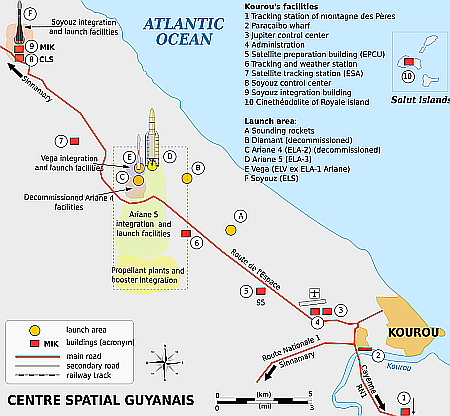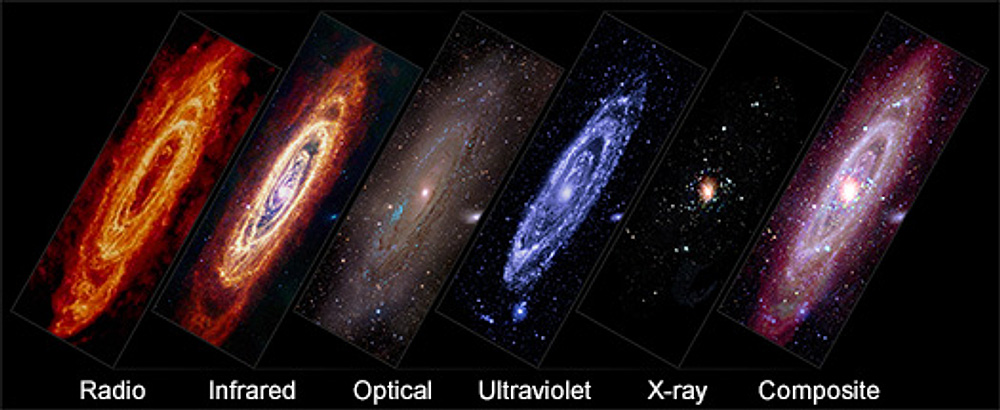
The European Union (EU) has now released its proposed Space Act that would impose European-wide regulations on the space industries of all its partnering nations, superseding their own regulations and policies.
The press release claims, at the start, that this space act would “cut red tape, protect space assets, and create a fair, predictable playing field for businesses,” but in reading the act itself [pdf], it appears to do the exact opposite. It imposes new environmental, safety, and cybersecurity regulations on the design of satellites and spacecraft in a manner that will likely slow development and competition in Europe significantly. And it applies these regulations not only to European companies but to the rest of the world’s space industry, should it do any operations at all in Europe.
This European Union space law was initially supposed to be released last year, but was delayed because it appeared there was strong opposition to it from many of the union’s member nations.
The proposed law appears to have been reshaped to limit the areas the EU can regulate space, but my appraisal of these regulations is that they are designed to quickly expand to cover everything, while adding an unneeded layer of red tape across Europe’s space industry that will only cause it to founder.
It must also be noted once again that there is no one in the bureaucracy of the EU qualified to impose these regulations on the space industry. The EU launches nothing. Its bureaucracy knows nothing about space technology. All it can do is say no to anyone that wants to achieve anything, just because it thinks it knows better.
It will be interesting to see if this space law passes. It still must be approved by European Parliament and the European Commission. I expect there to be significant opposition from several different member states, most especially Germany, Spain, and Italy, each of which have a newly emerging space industry. We should also expect opposition from the member nations formerly part of the Soviet bloc, as their past totalitarian experience makes them very skeptical of this kind of bureaucratic power play.
At the same time, the political structure of the European Union is designed to encourage the passage of such laws, which is one reason there is a rising movement in many member nations to leave the union. If the law passes, expect it to cause more fragmentation within Europe, rather than unifying the continent as it claims it will do.













